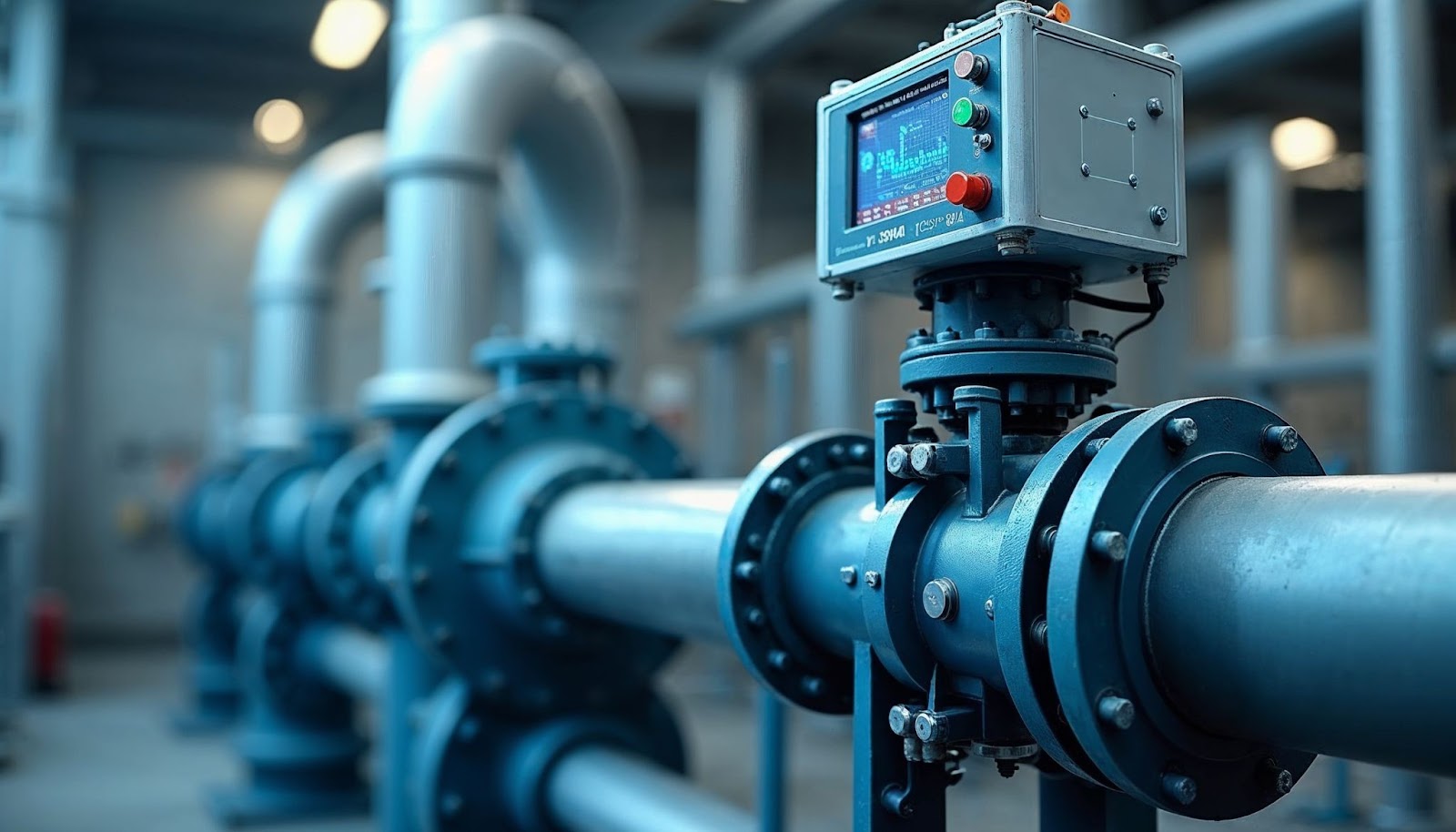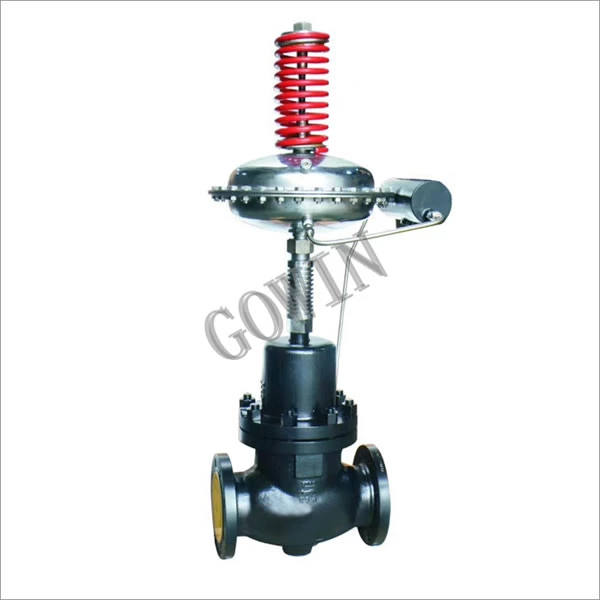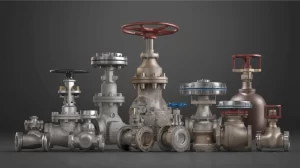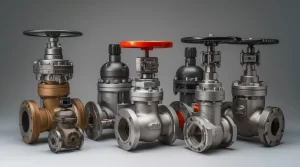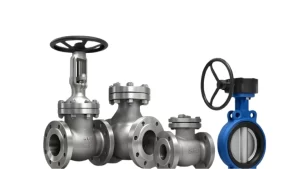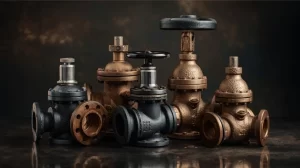Table of Contents
ToggleElectro-pneumatic positioners make control valves more accurate by converting electrical signals into precise pneumatic movements. They ensure that the valve stem always matches the control signal, improving process stability, reducing energy use, and extending valve life. For industries that depend on precision—like oil, gas, and chemicals—these devices are critical. In this article, we’ll explain what electro-pneumatic positioners are, how they work, their benefits, and where they are used.
Precision Control: The Role of an Electro-Pneumatic Positioner
An electro-pneumatic control valve combines an electrical signal with air pressure to achieve high-precision valve movement. By translating a 4-20 mA electrical signal into air pressure, the positioner tells the actuator how far to move the valve. This process ensures that the valve is always in the correct position, even during rapid changes in flow or pressure. The result is a more stable and efficient process, especially in automated industrial systems.
GOWIN Industrial Valve designs pneumatic control valves with positioners that meet ISO9001 standards. These solutions include precision accessories like smart feedback modules and advanced actuators, ensuring reliable operation even in harsh environments.
What is a Valve Positioner and Why Do You Need One?
A valve positioner is a device mounted on a control valve to ensure the valve stem moves exactly as required. Without a positioner, valves may drift or fail to respond accurately. Positioners provide constant feedback and correct any errors between the control signal and the valve’s position.
Key takeaways:
- A pneumatic positioner control valve improves accuracy by adjusting valve position in real time.
- It reduces wear, energy consumption, and process variability.
- Positioners are essential in industries where precision and safety are critical.
High-performance control valves engineered to international standards (ASME, API, JIS, BS, DIN). Available in sizes from 3/4″ to 72″ with pressure ratings up to 42.0 MPa. Suitable for water, oil, and gas applications with temperature range from -196℃ to 650℃.
Explore ProductStandard Pneumatic vs. Electro-Pneumatic (I/P) Positioners
Traditional pneumatic positioners rely only on air pressure, making them simple but less precise. Electro-pneumatic positioners, also called I/P positioners, combine an electrical input with pneumatic output. They convert electrical signals to air pressure, providing better accuracy, faster response, and support for smart diagnostics.
A globe control valve with pneumatic actuator and smart positioner allows remote monitoring, auto-calibration, and reduced downtime. GOWIN’s electro-pneumatic systems also support HART and PROFIBUS protocols, making them ideal for Industry 4.0 applications.
How I/P Positioners Work: Translating Electrical Signals to Precise Movements
Electro-pneumatic positioners receive a current signal, convert it to air pressure, and send that pressure to the actuator. A feedback loop constantly checks the valve’s position. If there’s a mismatch, the positioner corrects it immediately.
GOWIN’s electro-pneumatic flow control valves are designed with advanced signal processing and pressure adjustment mechanisms. This ensures better accuracy, prevents hysteresis, and increases control valve lifespan. Engineers can rely on these solutions for stable and efficient automated processes.
Key Benefits: Improved Accuracy, Faster Response, and Hysteresis Reduction
Electro-pneumatic positioners bring measurable improvements to industrial systems:
- Higher accuracy: Modern electro-pneumatic positioners can achieve up to ±0.25% of full-scale positioning, ensuring tight control of fluid or gas flow.
- Faster response: Continuous feedback loops let the actuator correct valve position within milliseconds, keeping process variables stable.
- Energy savings: Advanced models reduce compressed air consumption by as much as 50%, lowering operating costs in plants that use multiple valves.
- Extended valve life: By minimizing friction and hysteresis, these systems reduce wear on stems and seals, allowing service intervals to be extended by 20–40%.
For oil, gas, and power companies, these improvements mean fewer unscheduled shutdowns, lower maintenance expenses, and consistent product quality even under demanding operating conditions.
Applications Where Precision is Non-Negotiable
Industries like oil and gas, chemicals, and pharmaceuticals require precise control of flow and pressure. For example, in chemical dosing, small errors can cause product quality issues or safety hazards. GOWIN has supplied ISO-certified solutions for these sectors, helping clients optimize production and meet strict compliance standards.
The company’s expertise includes on-site surveys and selection guidance services, ensuring customers choose the right valve and positioner combination for their process needs. These services help achieve high performance and reliability in critical applications.
Frequently Asked Questions (FAQ)
1. What is the main purpose of an electro-pneumatic positioner?
It converts electrical signals to pneumatic pressure, ensuring the valve moves to the correct position.
2. How does it improve valve accuracy?
It uses feedback to adjust valve position in real time, reducing drift and hysteresis.
3. Can it be used with any type of valve?
Yes, it works with various valve types, including gate, globe, ball, and butterfly valves.
4. Why choose a smart electro-pneumatic positioner?
It offers remote monitoring, auto-calibration, and faster troubleshooting.
5. Does GOWIN provide installation support?
Yes, GOWIN provides on-site surveys, technical guidance, and selection support.
Conclusion
Electro-pneumatic positioners are essential for achieving precise control in automated systems. They improve valve accuracy, reduce energy use, and extend equipment life. GOWIN Industrial Valve provides ISO-certified electro-pneumatic control valves with smart positioners, helping industries meet demanding process requirements.To learn more or request expert guidance, visit GOWIN Industrial Valve.

